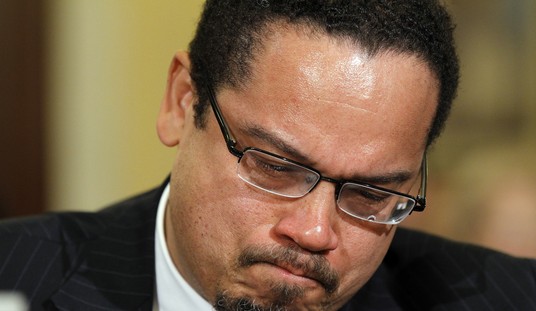San Francisco did a single-day count of homeless people back in January, part of an ongoing attempt to track whether the problem is improving or getting worse. The preliminary numbers were released today and the answer is that things are worse. In fact, the city has experienced a double-digit increase in homelessness. From the San Francisco Chronicle:
Despite creating hundreds of new shelter beds and spending more than $300 million annually on homelessness, San Francisco has seen the number of homeless people in the city rise by 17% since 2017 — with a whopping amount of that increase coming from people living in vehicles.
A preliminary summary of January’s one-night street count released Thursday pegged the new number of homeless people in the city at 8,011, but that number is sure to be lower than the more complete count to be released in July. That’s because it was calculated using federal guidelines, which don’t account for as many types of homelessness as those the city uses…
The number of people living in cars, RVs and other vehicles has risen by 45% since the last one-night count was taken two years ago. That much has been anecdotally evident for months, particularly in industrial Bayview neighborhoods, where vehicle colonies have sprouted in ever-increasing numbers over the past year.
The situation is worse in neighboring counties. The number of homeless in Alameda County, across the bay from San Francisco including Oakland and Berkeley, is up 43 percent. In Santa Clara County, which includes San Jose and Palo Alto, homelessness was up 31 percent.
Things aren’t any better in Orange County which reported a 43% jump over last year, though it’s likely that the previous count was low because the counting method wasn’t nearly as thorough as it was this year:
Preliminary data from the most recent federally mandated Point in Time count found 6,860 homeless people in Orange County, with 2,899 of those – a little more than 42 percent – having some kind of emergency or transitional shelter.
It seems like a big jump from the 2017 tally of 4,792 homeless people (it’s about a 43 percent increase), but Orange County officials said it would be misleading to make a direct comparison because this year’s survey was much more thorough and sophisticated than in previous years.
King County in Washington, which includes Seattle and surrounding areas, actually saw a decline this year compared to last year but the total number of homeless there is still very high, at just over 11,000:
Roughly 11,200 people were counted as homeless, living in shelters or outdoors in King County on one night in January 2019, a drop of 8% from 2018. There was an even more precipitous drop among people living outside, down 17 % from last year.
The snapshot is an imperfect measure of homelessness, and officials cautioned that it doesn’t necessarily mean overall homelessness is decreasing because other data shows a growing number of people asking for aid.
It remains to be seen what can be done about this problem. Progressives blame the increase on a lack of affordable housing, which is clearly a factor for some people who can’t afford sky-high rents and wind up living in cars or tents. There are also a significant number of chronically homeless people with drug or alcohol problems who likely could not maintain a place to live no matter what the rent was. Dealing with each of these problems will probably require different solutions some of which are not popular in liberal enclaves like Seattle and San Francisco.








Join the conversation as a VIP Member